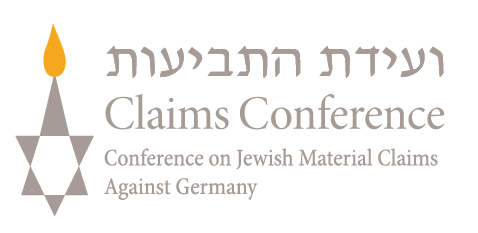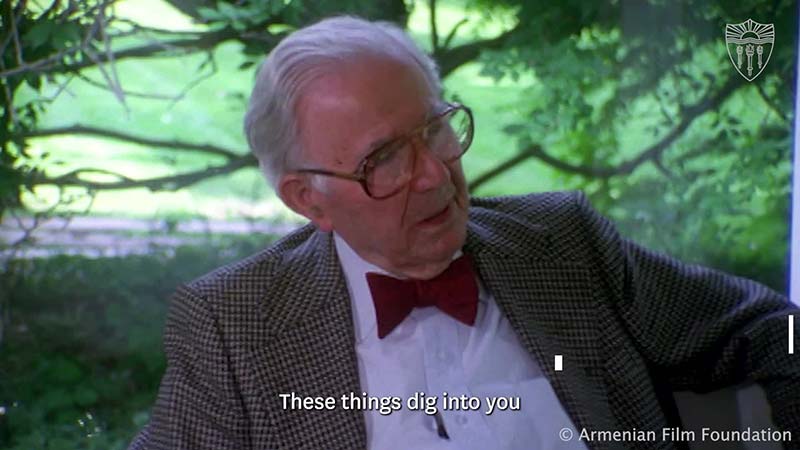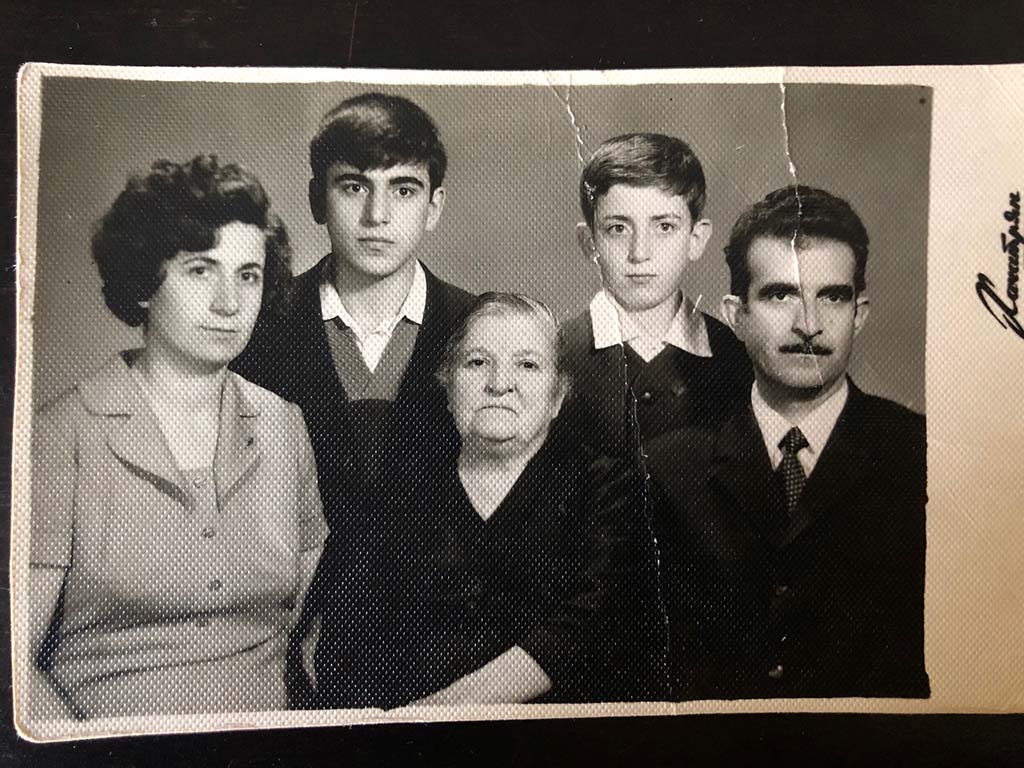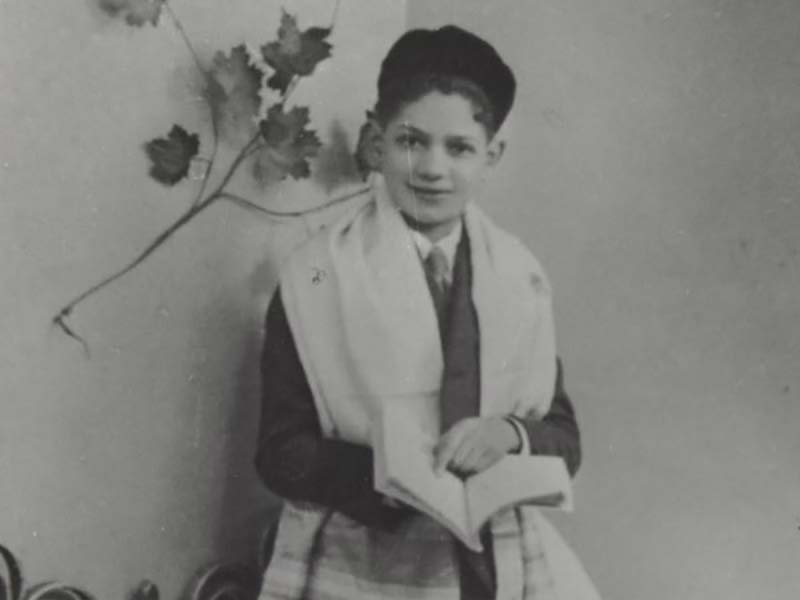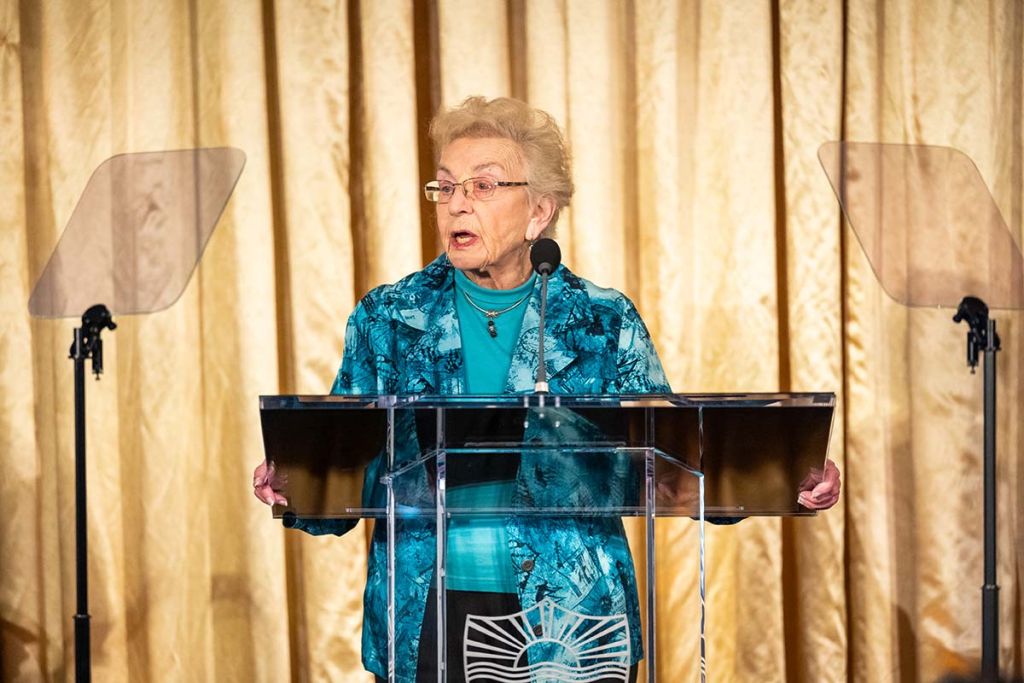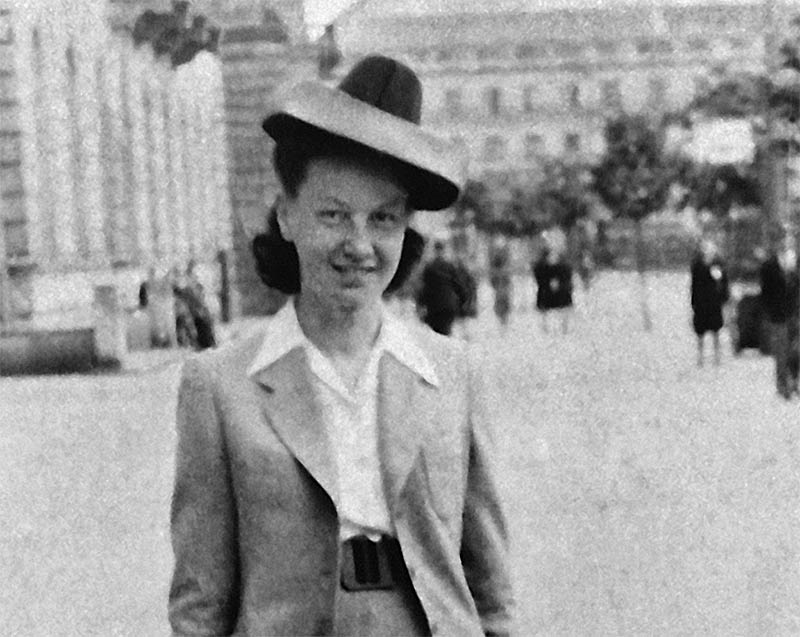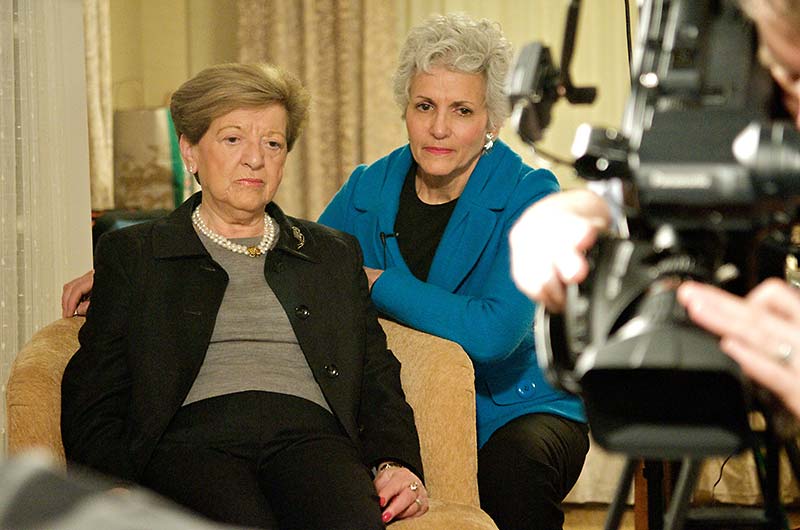
30 Years of Preserving History
- Director Steven Spielberg founded Survivors of the Shoah Visual History Foundation in 1994 to videotape and preserve interviews with Holocaust survivors.
- By 2001, we had collected 52,000 testimonies. Our Visual History Archive now contains almost 57,000 searchable testimonies, the largest such collection in the world.
- We started digitizing our collection in 2008 and we constantly update our preservation systems. We hold 12 patents on digital collection management technologies that we developed.
- In 2024, users viewed 138 million minutes of testimony on YouTube.
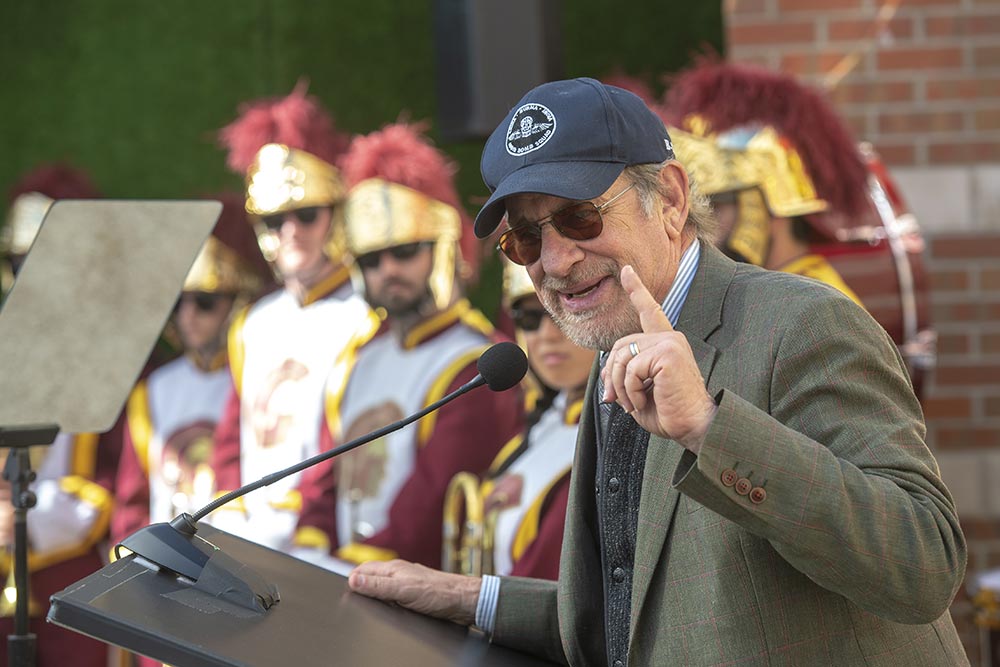
Location
Los Angeles and Washington, D.C.
In January 2006, the Shoah Foundation moved from Universal Studios to the USC campus in Los Angeles, joining the vibrant and engaged community of faculty, researchers, and students. In 2023, we opened offices at USC’s Washington, D.C., campus.
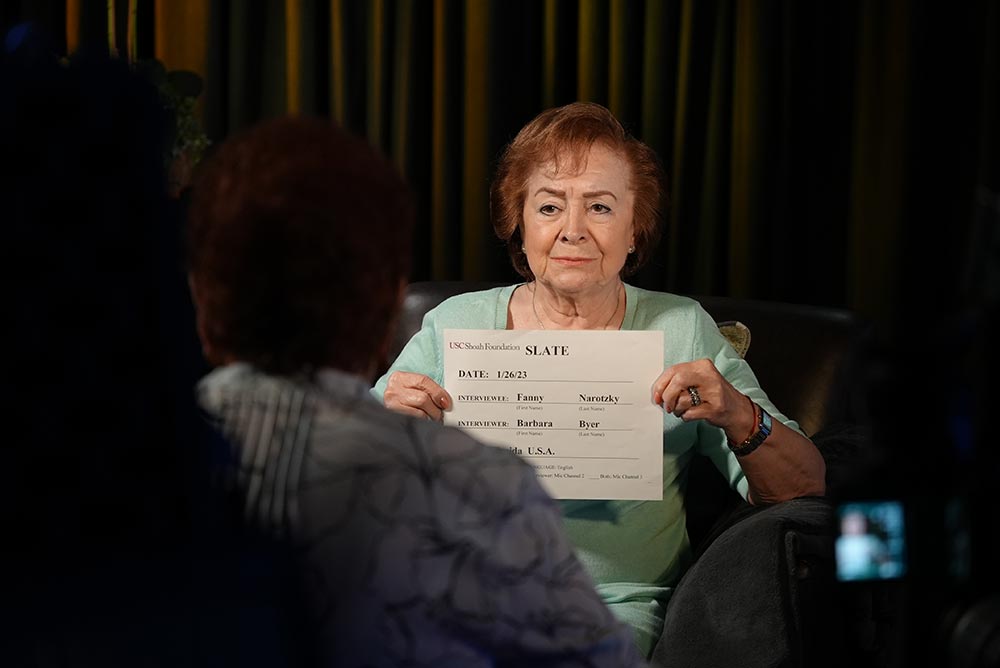
Expanding Research Horizons
Researchers, students, journalists, policymakers, storytellers, and the public turn to our Archive to enrich and expand their understanding of history. With its wealth of testimonies, tools, and resources, the Archive is vital for deepening knowledge and fostering meaningful insights.
Photo Gallery
A walk through our history, from VHS tapes in the backlots of Universal Studios to our state-the-art technology center and elegant headquarters at USC.
Our 30-Year Impact
Viewers around the world watched 138 million minutes of testimony on YouTube in 2024. Explore some of the interviews they found most compelling.
Top News Stories
Statement from our Executive Director on Armenian Genocide Remembrance Day
Recovered Testimony Brings Light, More Questions, to an Armenian Family
Hogan’s Heroes Actor Robert Clary, 96, Survived the Holocaust and Committed Himself to Remembrance
Olympic Race Walker Shaul Ladany Survived Bergen-Belsen and the Munich Massacre
Schindler’s List Survivor Celina Biniaz Warns Against the Corrosive Power of Hatred
She Smuggled Love, Hope, and Dynamite Over the Ghetto Walls
You can help us make a difference
Our programs power research, education, and public initiatives that preserve Holocaust memory and support new efforts to counter antisemitism.


